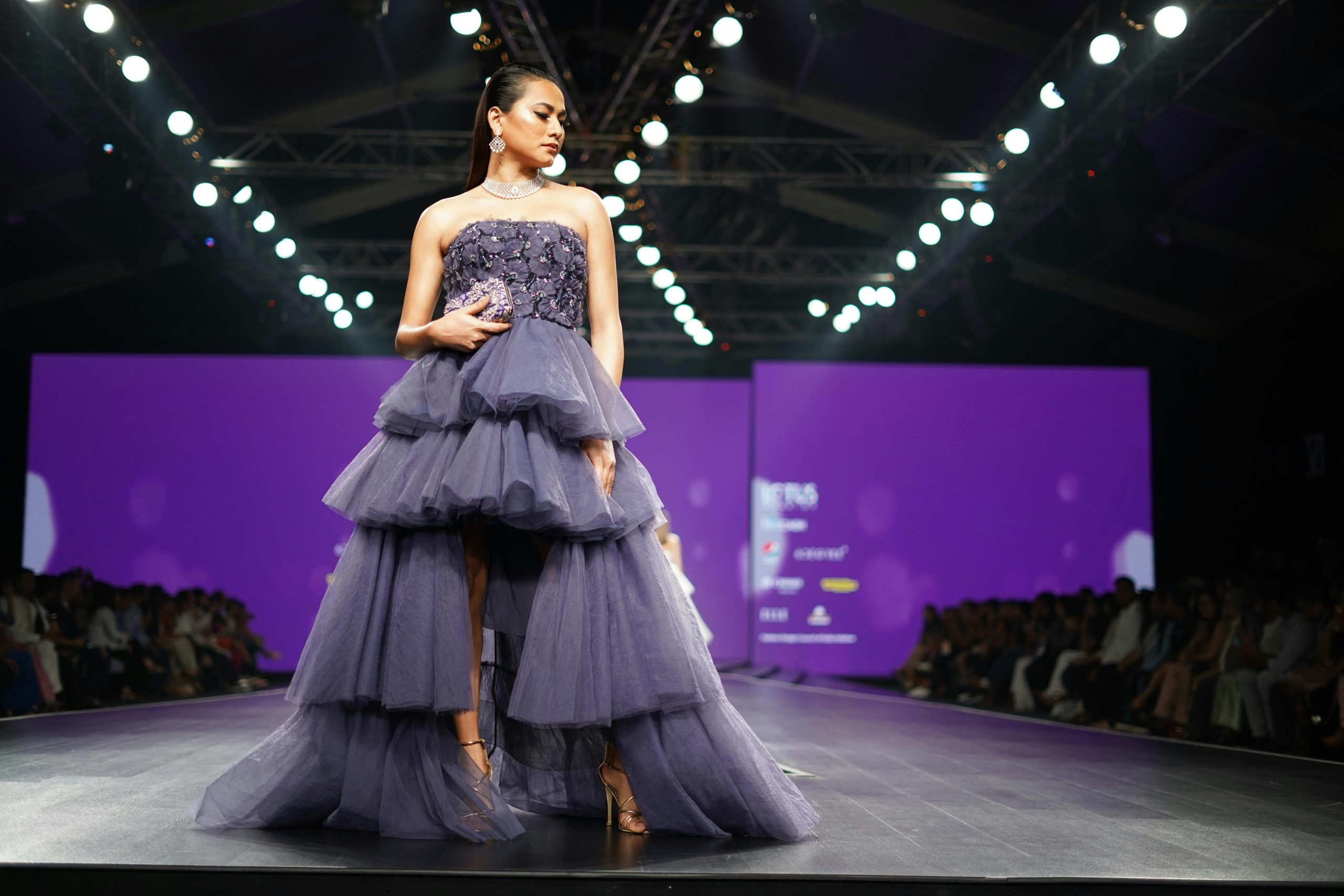How Virtual Shows Revolutionize Fashion Weeks
The fashion industry has been drastically impacted by the global pandemic, forcing fashion weeks around the world to be cancelled or moved to virtual platforms. But what was once seen as a contingency plan has now proven to be a game-changer for the industry. Virtual fashion shows have revolutionized the traditional fashion week format and have become an essential tool for designers to showcase their collections. In this article, we’ll explore how virtual shows are transforming fashion weeks and what this means for the future of the industry.
The Rise of Virtual Shows
With the rise of technology and digitalization, virtual fashion shows were already gaining popularity before the pandemic hit. Brands like Tommy Hilfiger and Alexander Wang have been experimenting with this format for years, but it wasn’t until the COVID-19 crisis that it became the norm.
Virtual shows offer a unique and immersive experience for viewers. From the comfort of their own homes, they can attend a fashion show that is just as visually stunning and entertaining as a physical one. With 3D renderings, special effects, and advanced audio and video technology, virtual fashion shows can transport the audience into a world of fantasy and creativity.
Cost-Effective and Environmentally Friendly
One of the biggest advantages of virtual shows is that they are significantly less expensive than physical ones. Traditional fashion shows require a lot of resources – from renting a venue and setting up stages and lighting, to hiring models and catering. Virtual shows eliminate most of these costs, making it a more sustainable option for smaller and emerging designers.
In addition, virtual shows are also environmentally friendly. Physical fashion weeks generate a considerable amount of waste, from leftover materials to transportation emissions. With virtual shows, designers can reduce their carbon footprint and contribute to a more sustainable fashion industry.
Global Reach and Accessibility
One of the biggest challenges for designers during fashion weeks is the limited audience they can reach. With physical shows, only a select group of industry professionals and invited guests can attend. But with virtual shows, the audience becomes global and accessible to anyone with an internet connection. This opens up opportunities for designers to showcase their collections to a wider audience, including potential buyers and consumers.
In addition, virtual shows also offer a more inclusive and accessible platform. People with disabilities or those who cannot attend physical shows for various reasons now have the opportunity to experience fashion weeks in a more convenient and inclusive way.
A New Era for Runway Shows
Virtual shows are redefining the concept of fashion weeks and paving the way for a new era in runway shows. While physical shows will always have their place in the industry, virtual shows offer endless possibilities for designers to experiment and express their creativity in a way that was not possible before.
From interactive experiences to fusion with augmented reality, virtual shows are constantly pushing the boundaries of fashion presentation. This allows designers to showcase their collections in more engaging and innovative ways, attracting larger audiences and generating more buzz for their brand.
Conclusion
Virtual shows have brought about a revolution in the way fashion weeks are conducted. They offer a cost-effective, sustainable, and inclusive alternative to traditional fashion shows, while also providing a platform for designers to showcase their collections to a global audience. With the fashion industry evolving at a rapid pace, we can expect virtual shows to continue to play a significant role in the future of fashion weeks.










